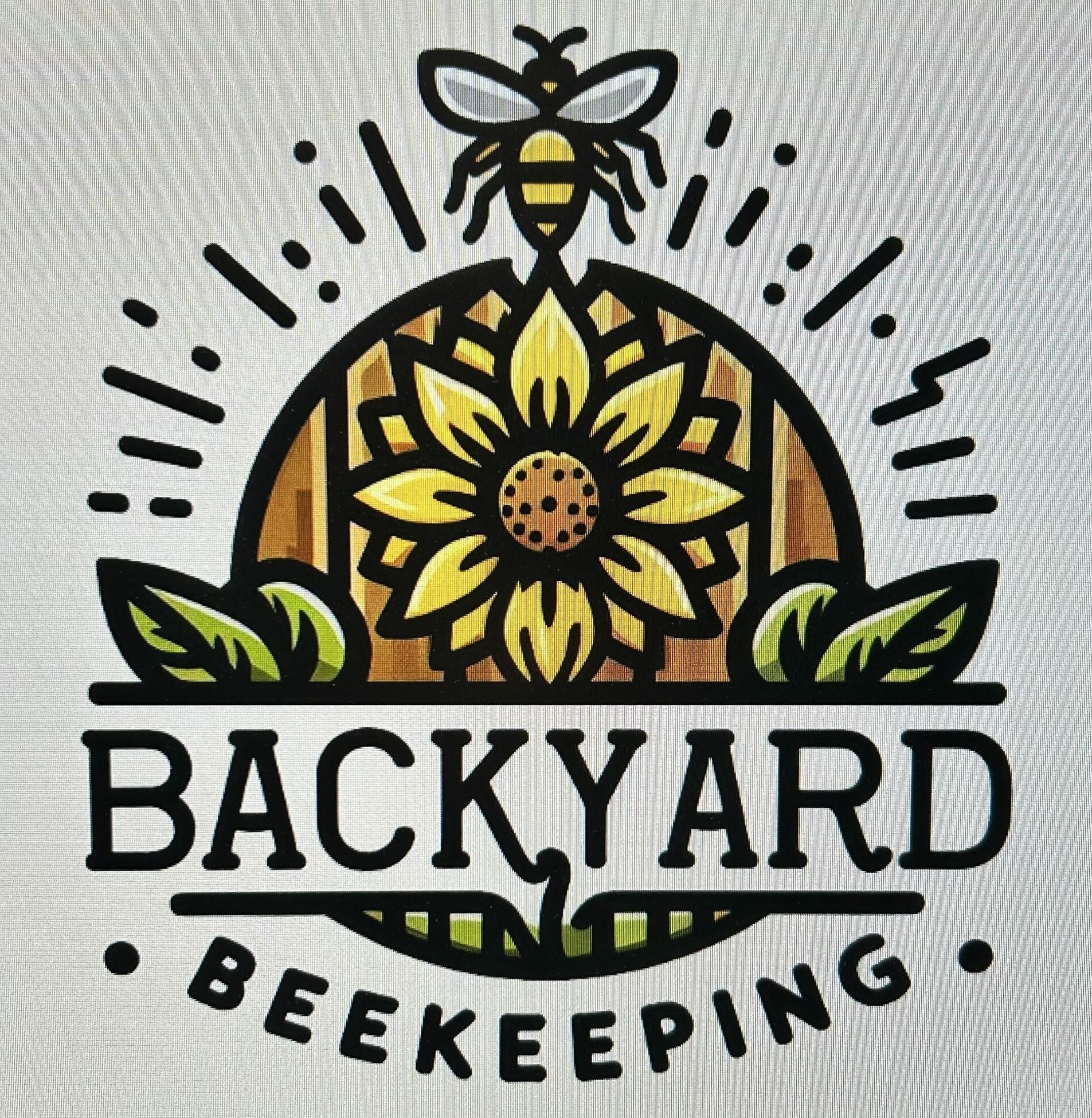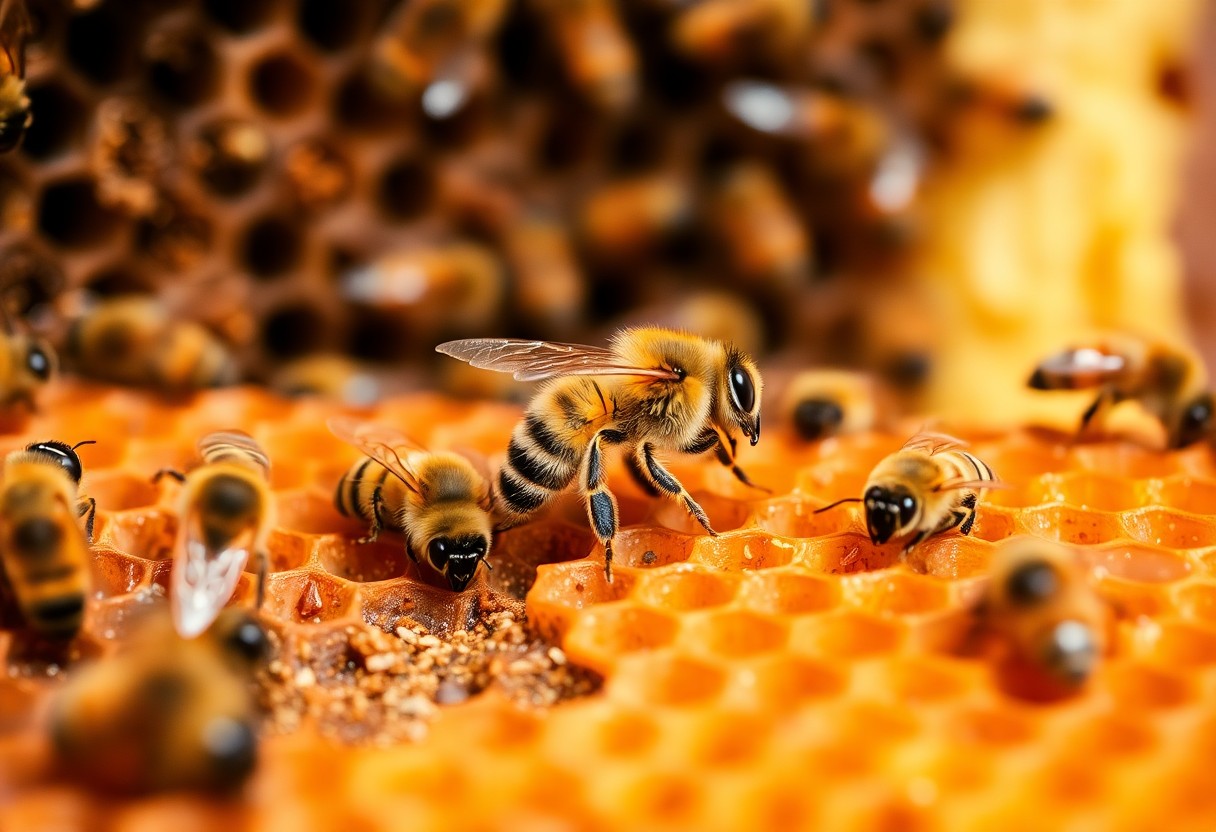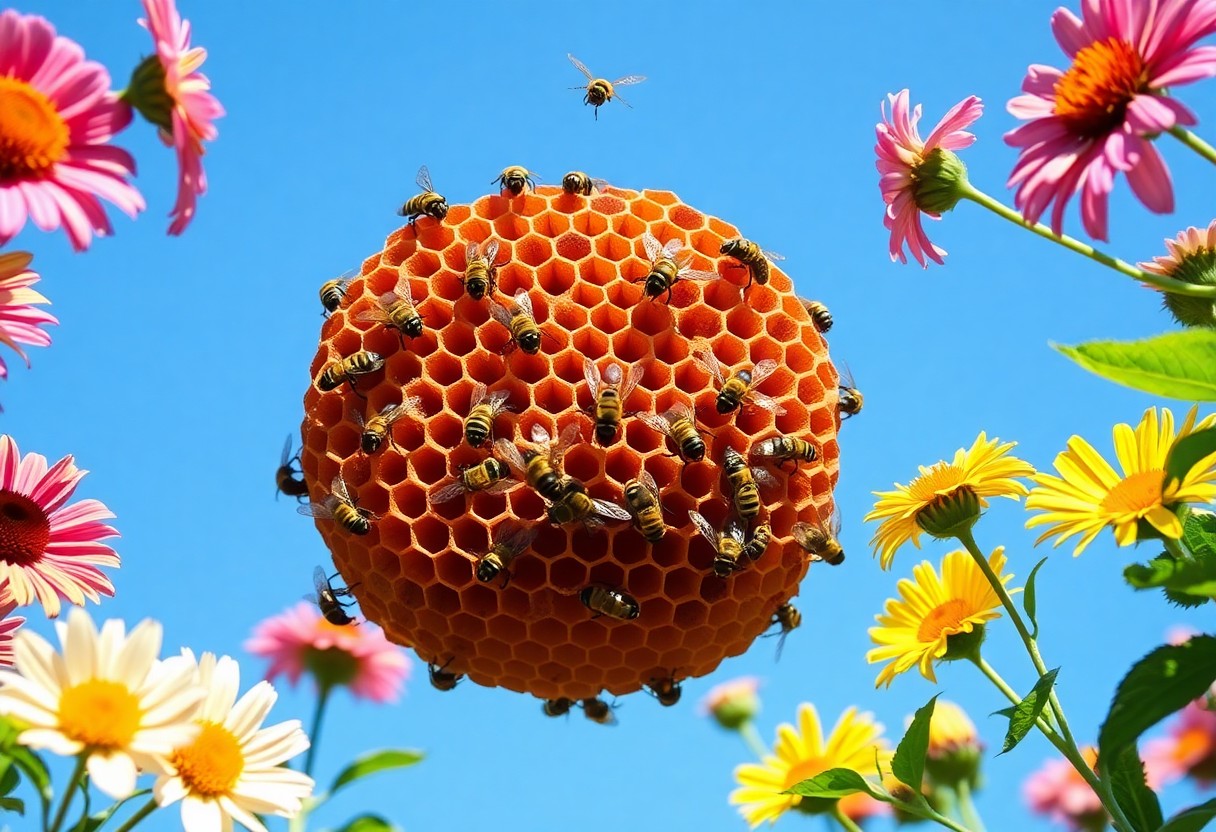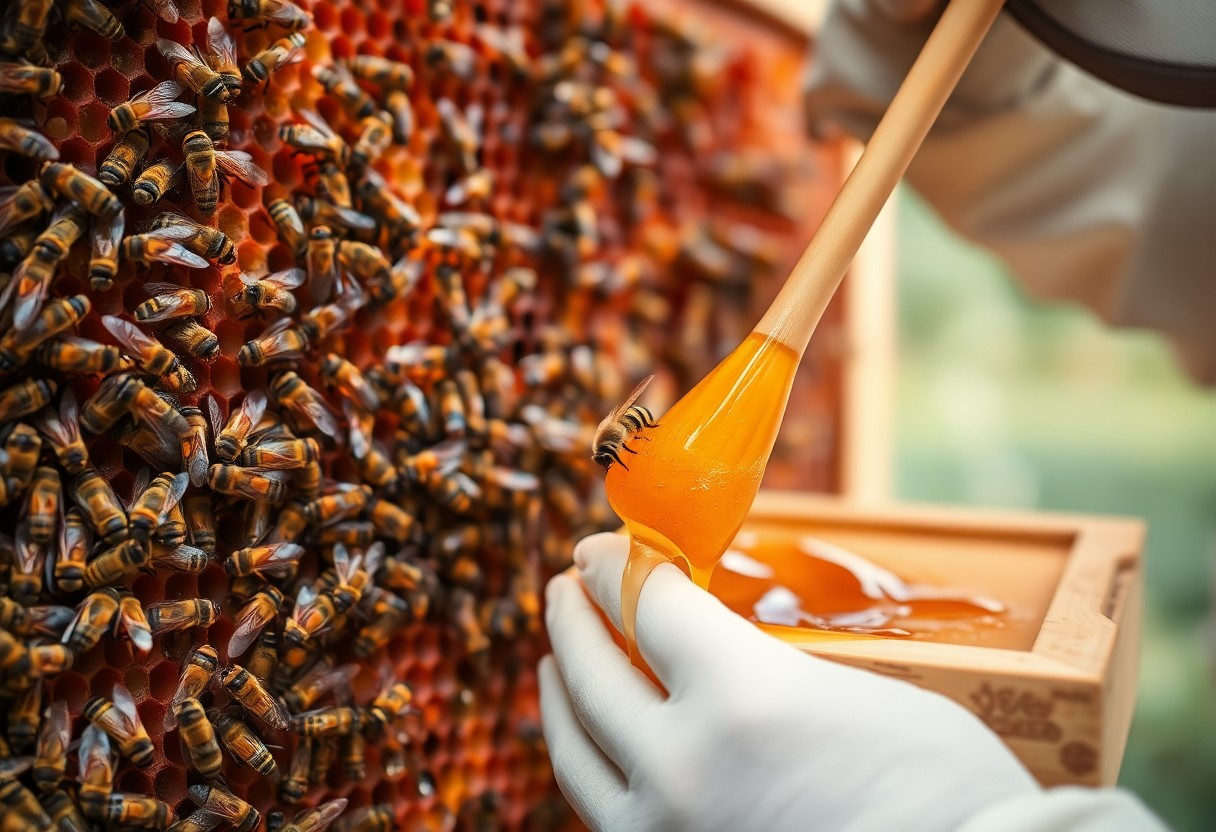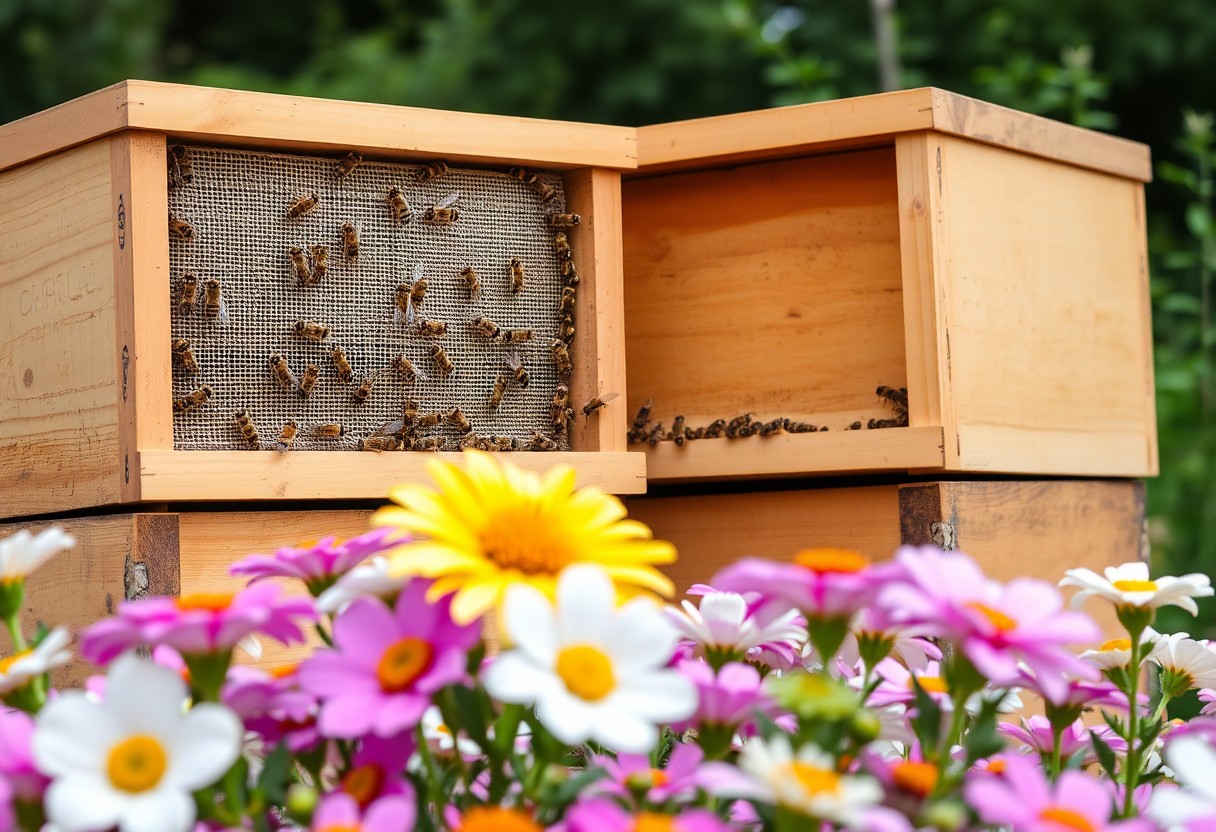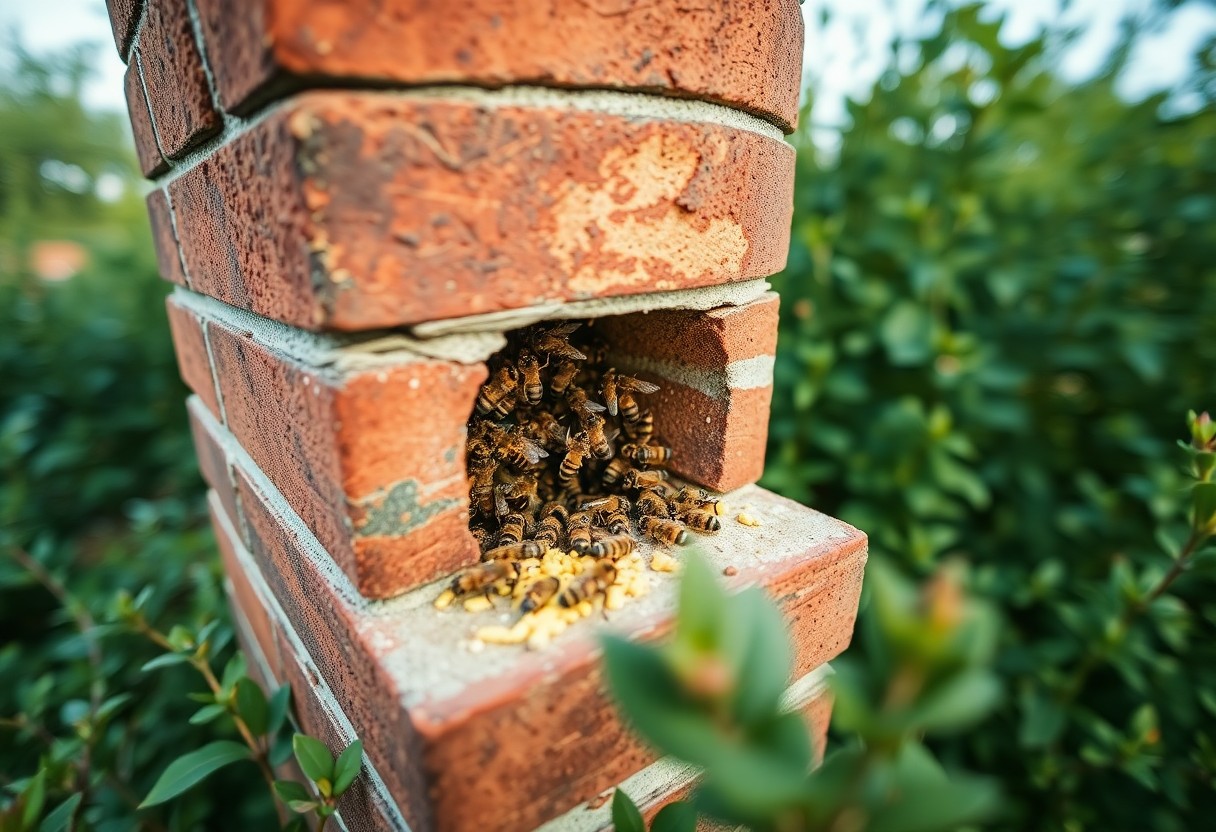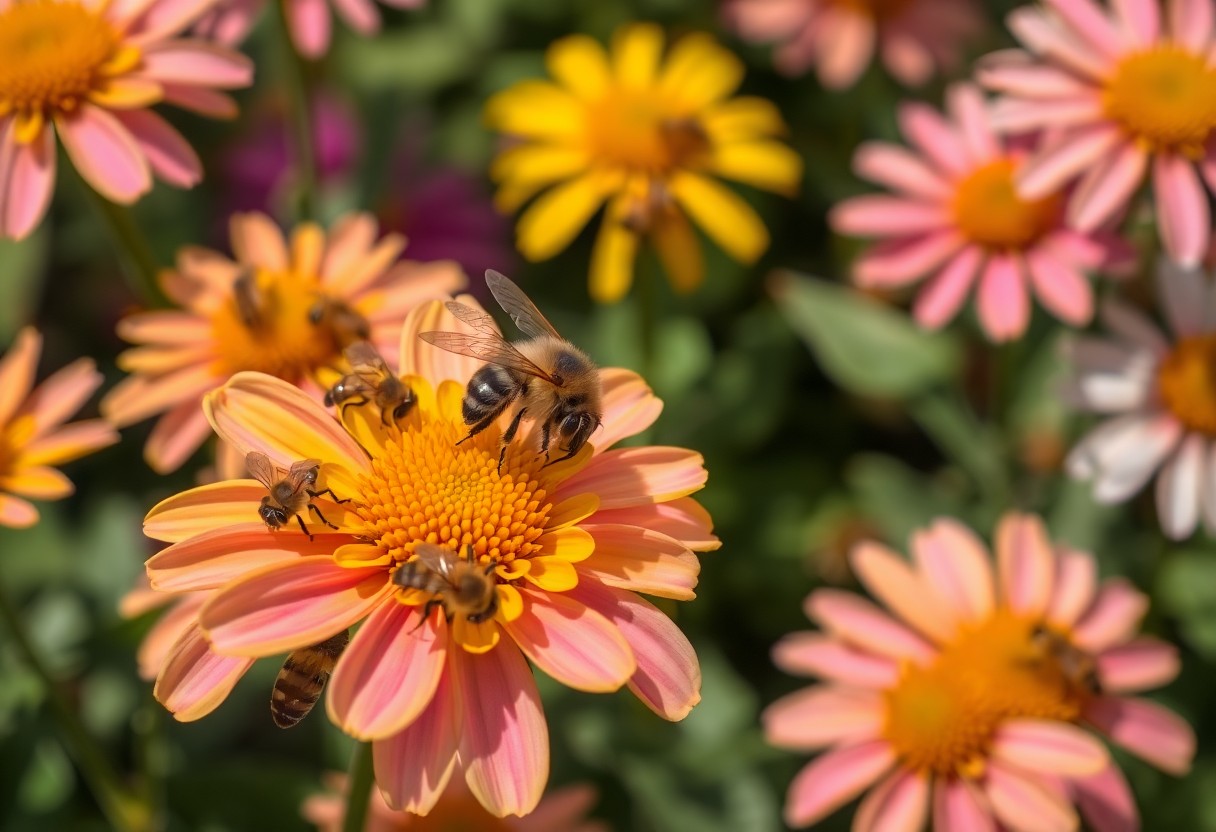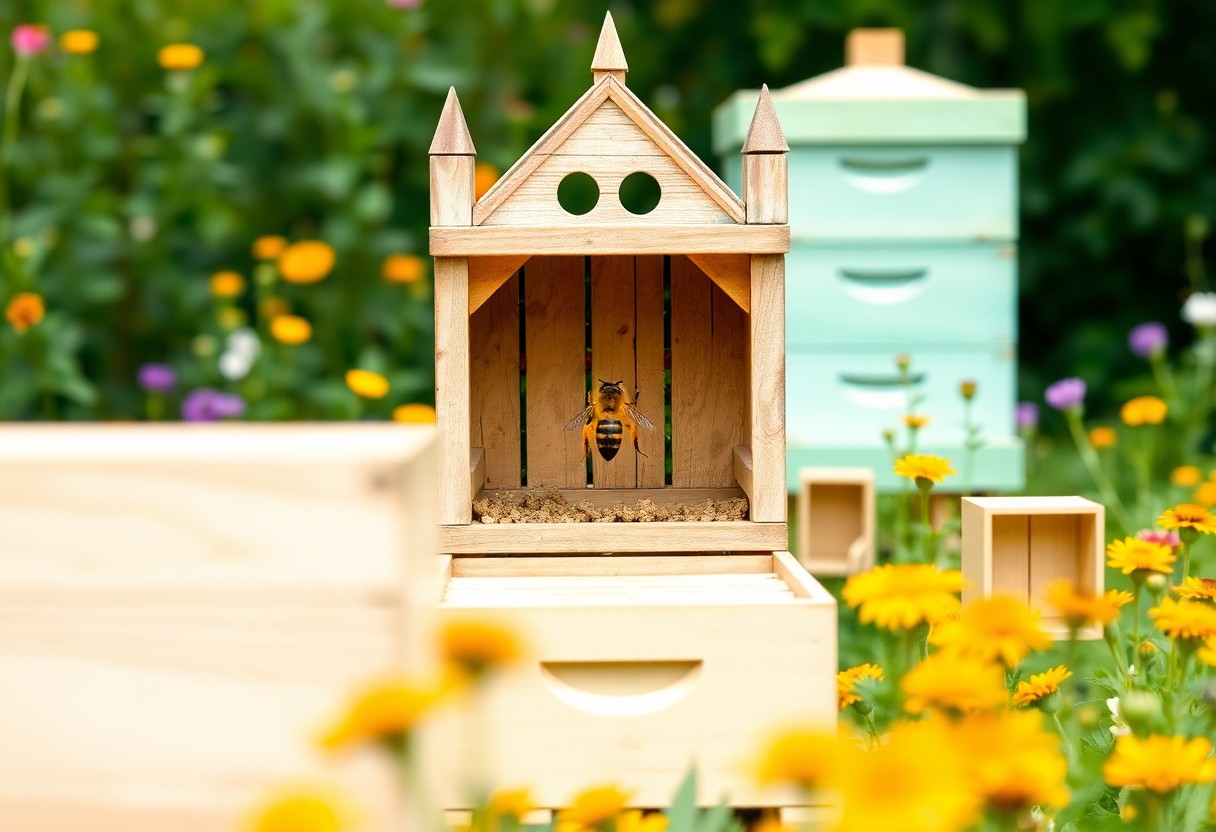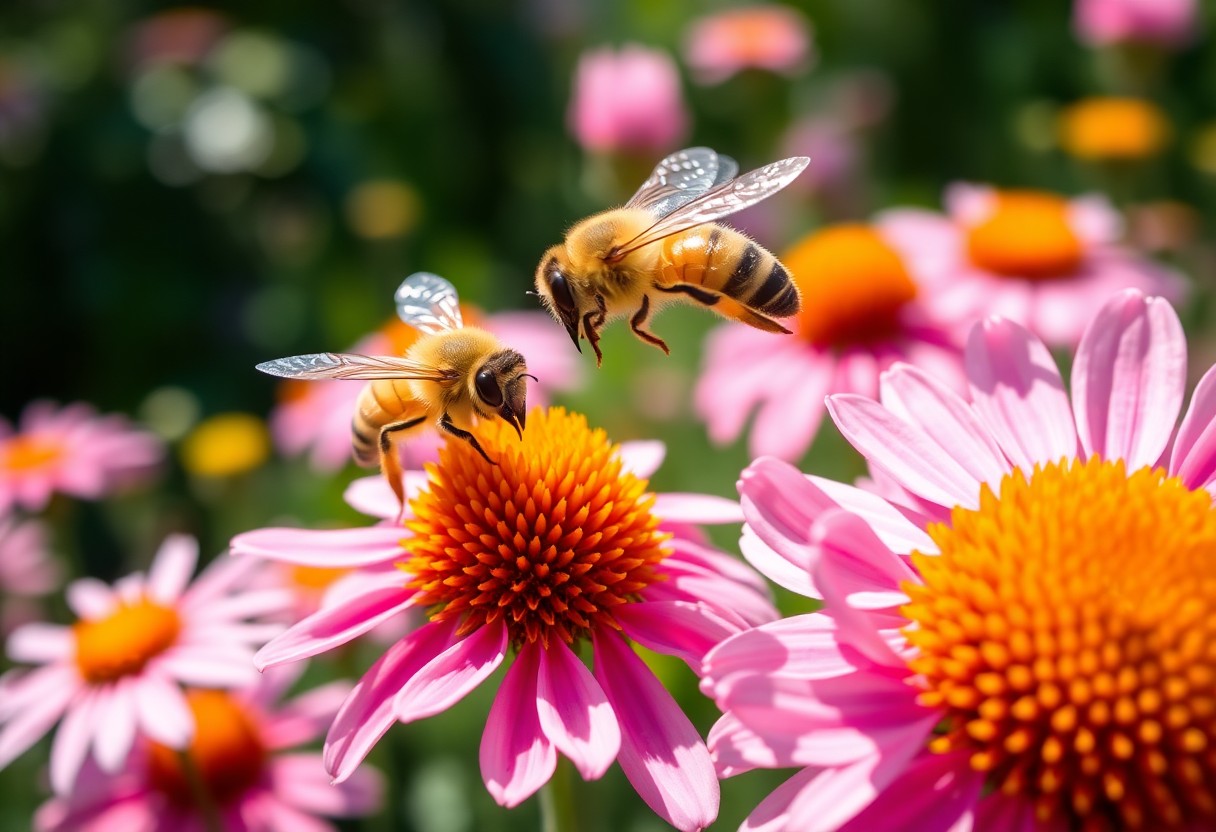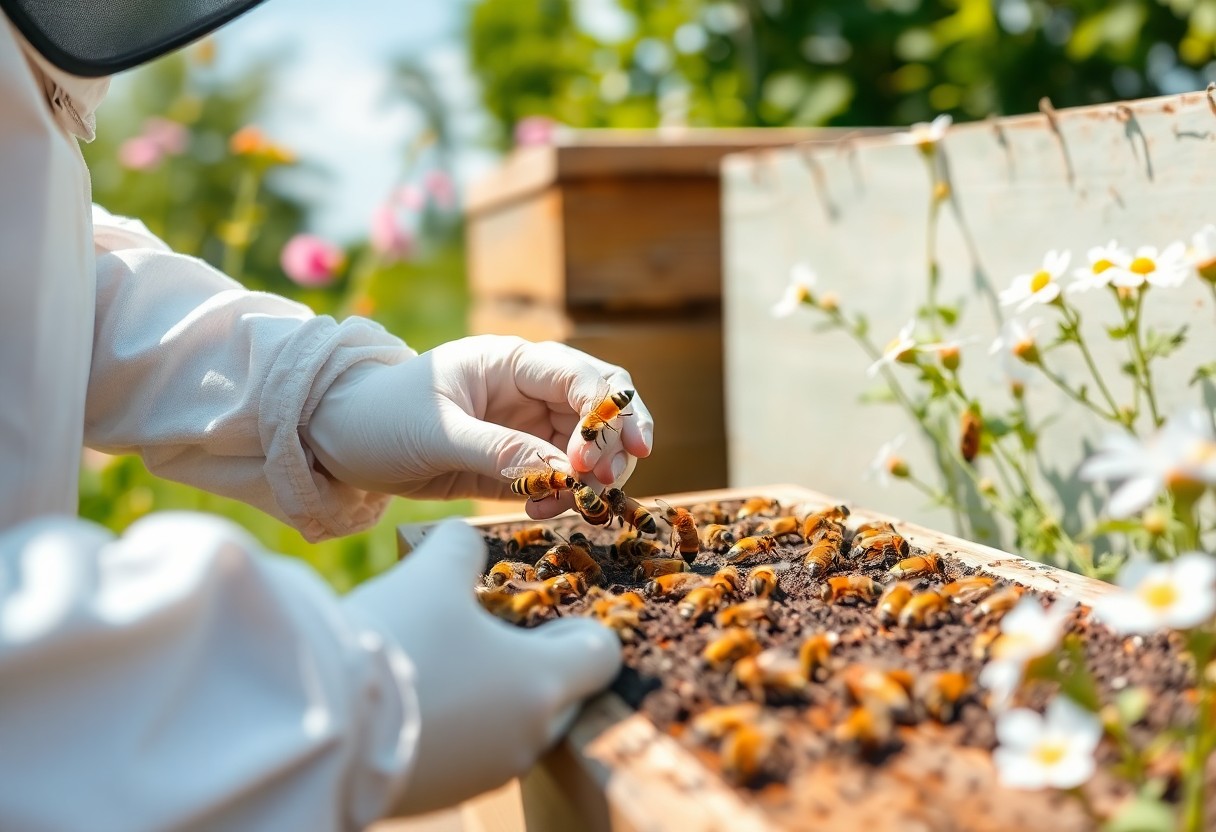Bees Removing Larva. Why?
Most beekeepers notice bees removing larvae from their hive and wonder what it means for their colony. Understanding why your bees take this action can help you better care for your hive’s health and productivity. This behavior often signals the hive’s natural methods of disease control, pest management, or environmental responses. By learning what prompts … Read more
